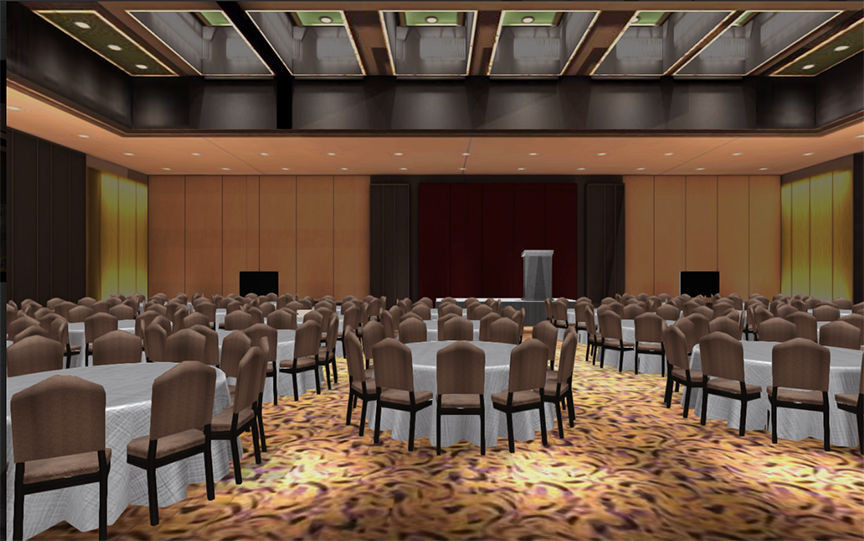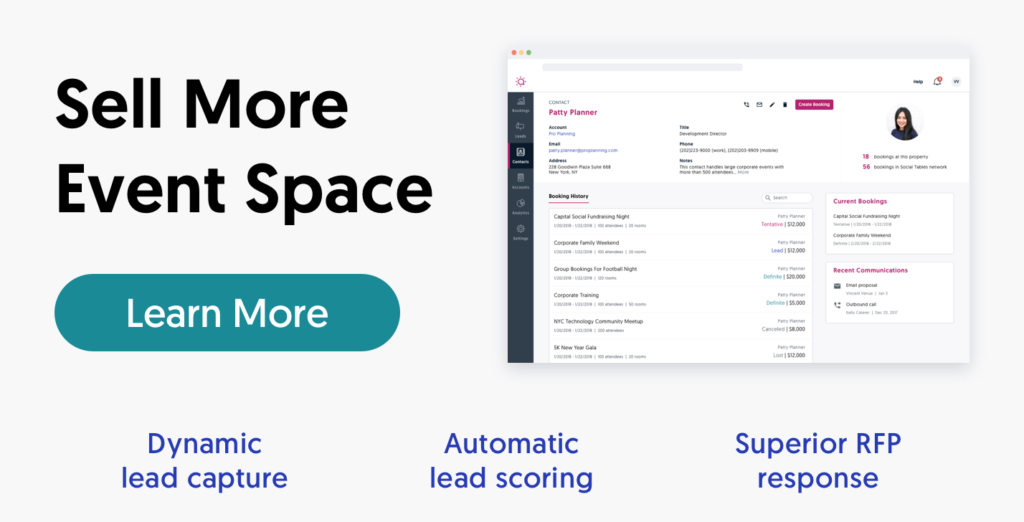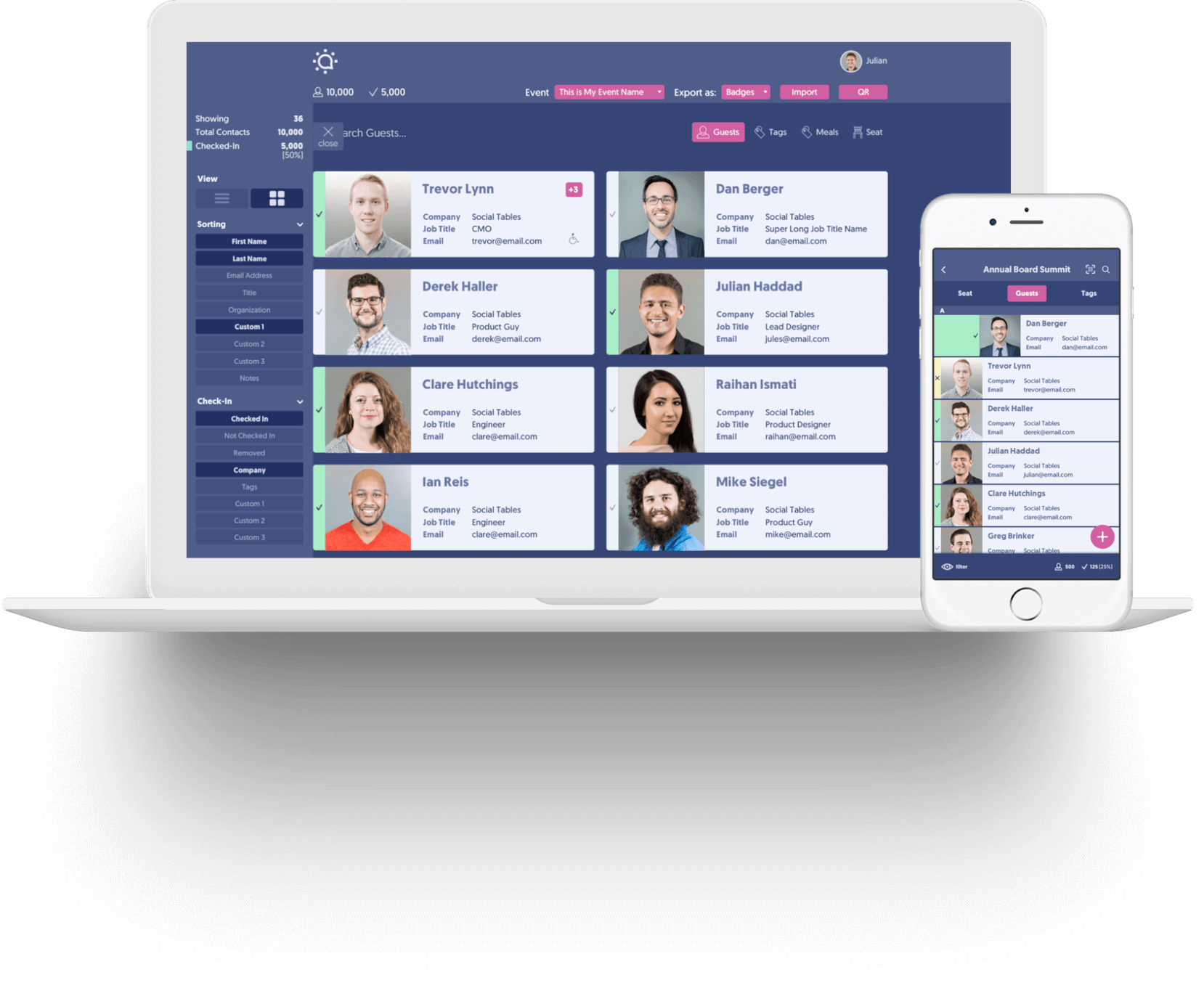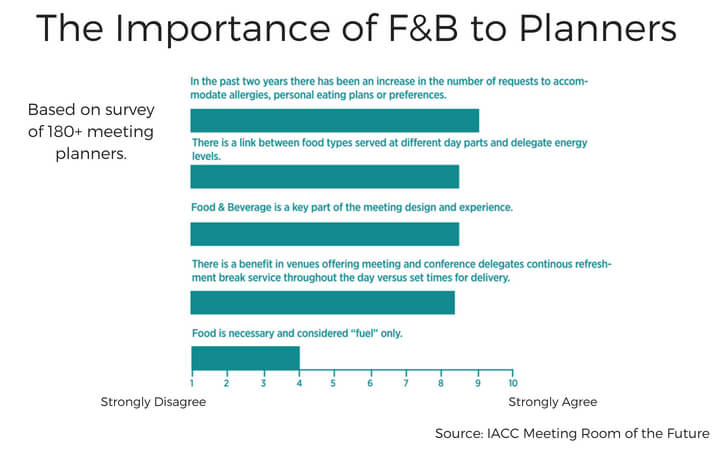
5 Proven Ways to Respond With Winning Event Proposals That Close Deals
While identifying the right leads and responding to them quickly is essential in today’s climate, hotels and venues won’t grow event sales if proposals aren’t tailored to get the job done. To make it happen, suppliers need to evolve the conversation from a bidding war, showing the value they can add in regards to the unique nuances of every RFP. This happens when sales representatives tap into what motivates today’s meeting planner and do everything in their power to help planners visualize their event in the space.
Studies have shown that a customized site visit can boost close rates by 10%, and within the proposal stage lies the same opportunity for optimization through customization ” just earlier on in the sales cycle (making it arguably more important). The goal is to first and foremost tap into the purpose of the event, tailoring the proposal to that purpose at each and every step.
Implement these 5 customization strategies for better event proposals.
1. Showcase the Space Visually.
By helping planners visualize the space, they’re able to imagine their event at the hotel. This is powerful because planners are already visualizing events long before they send RFPs. 90% of information transmitted to the brain is visual and proposals that don’t cater to this risk missing out on the most direct pathway to a planner’s understanding and decision-making.
Thanks to today’s diagramming software, hotels and venues can easily create templates for meeting and event spaces, updating those templates according to the specific nuances of a potential event for each client. This allows properties to easily create a variety of different layout options on the fly, communicating potential upsells in a more visual manner.

With the Social Tables Event Management Solution, venues can even take the 2D diagrams they create using simple drag and drop technology and turn them into immersive 3D diagrams that put the client in the heart of their own events.
The Watergate Hotel Booked 17,000 Square Feet During a Renovation
In 2009, the famous Watergate Hotel began a $125 million renovation, adding 100 rooms (for a total of 373) and upping their total meeting space to 17,000 square feet. The legendary venue reopened in March 2016, but long before their grand reopening, the sales team was hard at work booking events. The only problem? There wasn’t a lot to show prospective clients.
The team at Watergate was faced with the daunting prospect of selling a construction zone, where all site visits required hard hats. Clients could only tour the mere skeleton of what would eventually become an incredible, modern space. Luckily, they found a solution for event sales in Social Tables.
By walking clients through The Watergate Hotel virtually via Social Tables diagrams, Senior Sales Manager Caitlin Nicolson was able to visually showcase everything that made their meeting space great in the event proposal ” from the room set of each breakout to the flow of attendees. With the software in their sales arsenal, the hotel booked nearly 114 events ¨for a total of over $117 million in ¨pre-sales.
“Nearly three months prior to doors open, and with the ballroom’s drywall still setting, 95% of all available meeting dates for 2016 had already sold out in the pre-build phase¦ every prospect [was] sent a 2D and 3D diagram of their proposed meeting or event beginning in the proposal stage. Social Tables made it easy to share our property with customers before we could physically walk them through the space.
-Caitlin Nicolson, Senior Sales Manager, Watergate Hotel
Don’t forget: Floor plans are your secret weapon.
While updating floor plans might seem like simple advice, a recent Social Tables survey revealed that “Diagrams/blueprints are often old, outdated, or inaccurate, making it difficult to efficiently plan for an event within the space.
A venue can win or lose deals based on the quality and level of detail of their floor plans alone. In the earliest stages of the sales process, including event proposals, the most important thing a sales rep can do is earn trust. That trust comes from giving planners the reassurance they need; not only that your venue is a good fit but also that you have their goals in mind.
The best way to earn trust is by being completely transparent. Properties should lay their cards out on the table by walking clients through accurate floor plans of event spaces ” after all, planners need to be able to visualize their event in the space. Interactive floor plans make it possible to work alongside prospects and draft a version of events long before they happen.

2. Make collaboration easier as early as event proposals.
Anytime a group of event managers at the property are working with a team of event coordinators (who are also working with invested stakeholders) you’re faced with a major communication challenge. As more people get involved in the event planning process, keeping everyone on the same page is exponentially more difficult. Room-set layout and design arguably requires the most back-and-forth. Every change and update means passing a document through another round of approvals.
Today, tools like Social Tables make it possible for everyone involved to make changes and collaborate online in real-time, on the same interactive canvas. Hotels and venues can work with clients to drag and drop layouts or individual pieces of furniture onto an interactive floor plan that’s designed at scale. Plus, every document and communication is stored in one place, planners can upload and manage their own guest lists, and stakeholders can easily comment their approvals or feedback.
Collaborating isn’t easy, and anything that helps cut down on friction while communicating is a major difference maker for planners. It’s a true value-add for both sides, not just a tangential perk.

How the Sheraton Commander Uses Collaboration to Save Time and Effort
The Sheraton Commander, constructed in 1926, is the oldest Starwood Hotels & Resorts property and has long been a go-to venue for the Cambridge, Massachusetts community. In fact, over 1,500 events call the Commander home in a given year ” from weddings to non-profit events and beyond.
The hotel’s sales team handles this heavy load by inviting their clients to work with them in Social Tables’ hotel event tools. By allowing event planners to upload and seat their own guest lists in the manner they want, the hotel avoids any seating mishaps while empowering clients to feel in control of their own events and saving time all the while. After guests are seated in the layout, the team sends the list to a seating card vendor in the city for that extra, refined touch.
We’re able to save ourselves time by sharing that responsibility with our clients. They love being empowered to seat their guests in the manner that they want, and we love the fact that they are invested in the event.
-Judy Brillhart, Director of Catering and Event Management, Sheraton Commander
[Tweet “A venue can win or lose deals based on the quality of floor plans alone.”]
3. Think outside of the ballroom.
Today, everything is a meeting venue, and we mean EVERYTHING: museums, nightclubs, concert venues, repurposed warehouses, and even corporate offices. And as demand for these types of spaces continues to increase thanks to the emphasis on authentic experiences, so too does the supply. Meanwhile, the hotel infrastructure of a given city becomes less and less important.
The spike in demand for nontraditional venues isn’t going away anytime soon according to the AMEX Global Meetings Forecast, which expects it to jump by 3.8% this year alone. To keep potential business from leaving for other venues, hotels especially need to think about how they can use their own nontraditional spaces to attract planners. This means working rooftops, outdoor spaces, and partnerships with other venues into the mix in the RFP response, matching the hotel space to the event purpose as a means of potential upsell.
Networking events – Get the group out of the ballroom and upsell more social/communal areas such as rooftops and lobbies.
Team-building events – Extend the event to outdoor spaces that can accommodate more activity.
Large events with breakout rooms – Offer to transform greenhouses or gardens into spaces where attendees can unplug

4. Look for F&B opportunities that tie into the agenda & purpose.
As part of the more holistic focus that’s taken over the world of events, food and beverage is now more important than ever. So much so that, in a survey of over 180 meeting planners, participants were asked to rate the statement food and beverage is a key part of the meeting design and experience on a scale from 1-10 (1=strongly disagree, 10=strongly agree) and responded with an average rating of 8.4.
Planners are seeing the effect that healthy food and beverage can have on attendee energy and how the F&B offering can help events reach their purpose. Meanwhile, attendees expect personalization in the F&B offering and are more intrigued and excited than ever by the prospect of local, authentic cuisine. Within these statements lie exciting strategies hotels and venues can use to maximize F&B revenue, thanks to the inherent opportunities offered by the agenda and purpose. The questions below exemplify how these types of properties can frame their F&B thinking in regards to agenda-based personalization.
Are sustainability or well-being big pieces of the theme?
Venues should showcase a healthy menu and local, sustainably-sourced food.
Is a certain type of produce or dish in-season locally?
Make it the centerpiece of the menu to emphasize locality and save on shipping
Is the event speaker-heavy?
Offer a networking happy hour on the rooftop or even the lobby as an added chance for attendees to connect.

5. Prove the success of past, similar events.
How will I get 200 people from one room into another?
Won’t that space be a little tight?
How can a property convince a planner of the answers to these questions and give them the peace of mind they need to seal the deal?
A site visit might be one method, but hotels won’t always have that opportunity early in the sales cycle. However, by sharing proof that it worked for a past event, sales teams can hurdle over the initial doubts that may stand in the way of a deal. Sharing diagrams or floor plans from past events, results from post-event surveys, and feedback from other planners can do the trick quickly without having to create anything from scratch.
Using a cloud-based tool for floor plans, diagramming, and guest management makes it easy to pull the past examples that kickstart future relationships ” especially if it has smart online file storage for events.
It’s time to add value.
By tailoring proposals to the unique nuances of events, hotels and venues can craft the types of strong, personalized responses that result in booked events. Each interaction should start by narrowing down the purpose. From there, properties can communicate the differentiating features of their spaces that set them apart, using event technology for a helping hand with event proposals along the way.
Looking to respond faster and close more leads? Check out how our software can help your property do both by generating smart RFP response templates that win deals with our Event Proposal Software.

